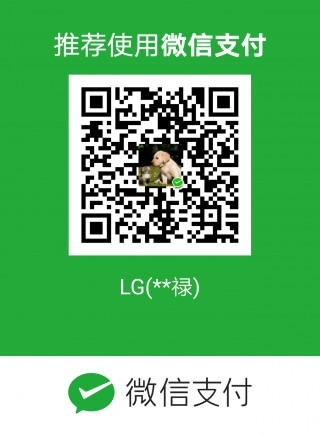There be 句型分析
Inside the hall there was piled a large assortment of packages and parcels and small articles of furniture.
On every item there was a label tied.
1) 这里的was piled是被动态? 还是 应该是...there was a large assortment of piled packages and...? 就是如何分析这里的piled?
2)为什么这里的单个的过去分词tied这里可以后置?
而 http://ask.yygrammar.com/app_q-42074.html
He left the bathroom unwashed. 不可以分析为 He left (the bathroom unwashed): unwashed单个的过去分词作the bathroom的后置定语。
意思是他离开了那个没有清洗的浴缸。意思是:他刚才站在一个没有清洗的浴缸旁,后来,他走开(离开)了。
为什么这样的分析是错误的? 而On every item there was a label tied. 单个的过去分词tied却可以后置作定语呢?
又如例句It was meant that there would be another storey added later: 单个的过去分词added后置作定语?
最佳答案 2020-08-03 15:15
1 there 存在句的谓语动词可以是表示存在、发生、出现意义的不及物动词(以be最为常见),也可以为被动语态。本句就是was piled被动语态作there存在句的谓语动词,there为形式主语,was piled 后的名词或名词词组为真正主语。
你在看章振邦的书,何不看看该书讲述there存在句部分?这对你理解很有帮助。
2 On every item there was a label tied.
单个过去分词通常作前置定语,但如果强调动作意义,单个过去分词也可以做后置定语。所以你不要绝对化。有时修饰过去分词的状语在上文提及,是不言而喻的,状语就可以省略。例如:In yesterday's accident there were five people killed.
没有必要重复in the accident. 结果就成了单个过去分词作定语了。
你的句子是同样的道理,tied on it 中的on it是不言而喻的,没必要说出。
He left the bathroom unwashed.
这个句子有歧义:
1)形容词unwashed作状语,表示主语离开这个动作时,主语的状态——没洗澡。句子的意思等于:He left the bathroom without washing himself.
2) left为使役动词,形容词unwashed为宾补。他让浴室处于没有清洁打扫的状态。句子意思等于 He left the bathroom to be unwashed.
你的理解错误1:bathroom是浴室,不是浴缸(tub). 2 unwashed是形容词,不是过去分词,不可以作后置定语。要表示没清洁的浴室,要用the unwashed bathroom.
如果觉得我的回答对您有用,请随意打赏。你的支持将鼓励我继续创作!

- 0 关注
- 1 收藏,3722 浏览
- bjxue 提出于 2020-07-28 17:40
相似问题
-
 《高考英语备考1号·速效编》
《高考英语备考1号·速效编》
-
 《高考英语备考1号·写作编》
《高考英语备考1号·写作编》
-
 《高中英语晨读晚记》
《高中英语晨读晚记》
-
 《高中英语错题笔记》
《高中英语错题笔记》
-
 《零起点考大学英语》
《零起点考大学英语》
-
